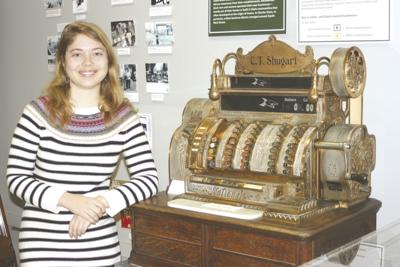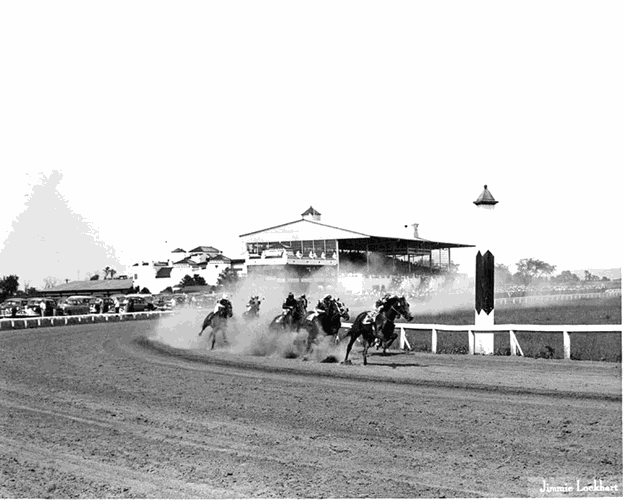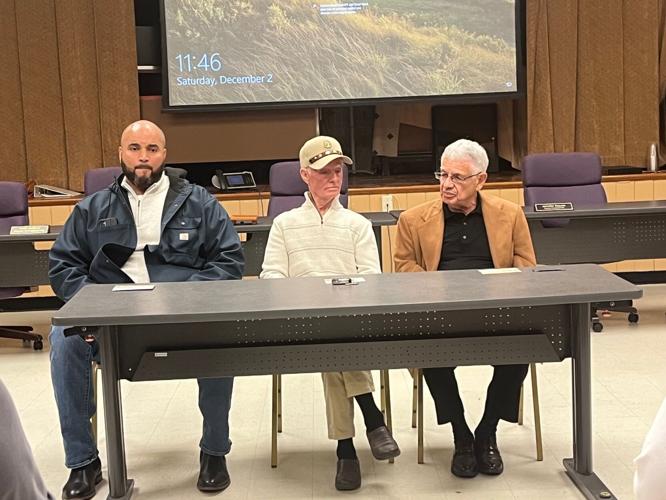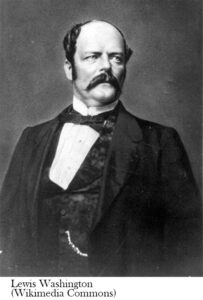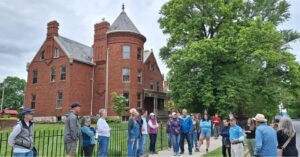 Jefferson County Museum leads tour of John Brown history in Charles Town
Jefferson County Museum leads tour of John Brown history in Charles Town
Coverage of our walking tour event, tied to the John Brown exhibit.
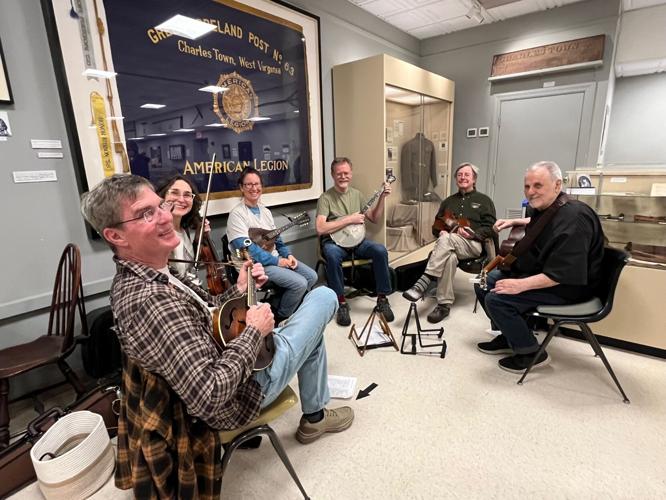 Jefferson County museum opens for season with new exhibits
Jefferson County museum opens for season with new exhibits
A review of the Museum’s exhibit opening and preview of upcoming events.
Jefferson County Museum opening special exhibit on John Brown raid
Article and video covering new exhibits on the John Brown raid and the Civil War in Jefferson County.
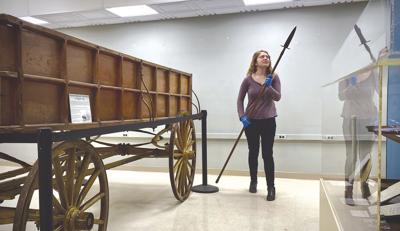 Jefferson County Museum open house
Jefferson County Museum open house
Coverage of upcoming exhibits at the Jefferson County Museum.
County’s new museum director talking renovations, fresh exhibits
An article featuring the Museum’s ongoing renovations in winter 2023/2024.
Charles Town’s thoroughbred race track turns 90
An article about our exhibit and speaker panel surrounding the 90th Anniversary of the Charles Town Races.
Horses have been making the turns at Charles Town for 90 years
Coverage of our 2023 exhibit and speaker panel on the history of the Charles Town Races.
 Charles Town celebrates more than 90 years of Thoroughbred racing in community
Charles Town celebrates more than 90 years of Thoroughbred racing in community
Coverage of our 2023 Horse Racing History panel.
Lewis and Ella Washington: A Love Story?
As promised, we’ve finally transcribed some of the letters from the family of Lewis Washington, who lived locally at Beallair and was a hostage in the John Brown Raid. Read how two of these letters help us to piece together the relationship between Lewis and his cousin (and eventual wife) Ella Bassett.
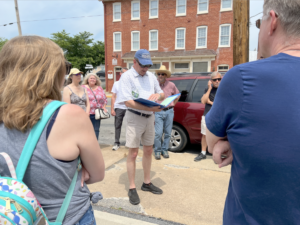 ‘Prohibition in Jefferson County’ focus of tour, new exhibit
‘Prohibition in Jefferson County’ focus of tour, new exhibit
Our Prohibition exhibit and walking tour was featured in the Shepherdstown Chronicle.
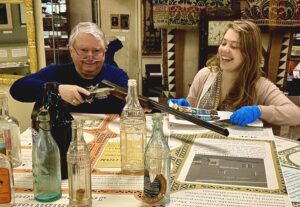
Jefferson County Museum kicks off ‘Prohibition in Jefferson County’ exhibit
Coverage of the Museum’s 2023 exhibit on the Prohibition era in the Martinsburg Journal.
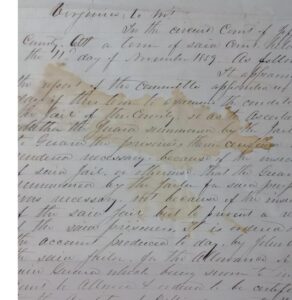 WHAT A FIND: Jefferson County Museum discovers documents regarding the arrest of John Brown
WHAT A FIND: Jefferson County Museum discovers documents regarding the arrest of John Brown
Coverage of an amazing discovery in a donation to the Museum’s collection.
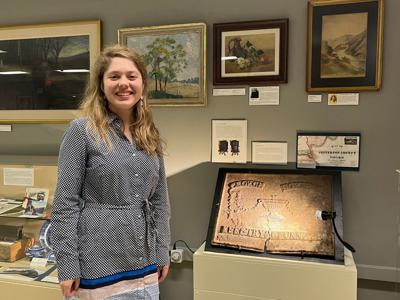 Wysong welcomes visitors to local museum
Wysong welcomes visitors to local museum
An article featuring new museum director in 2023.



